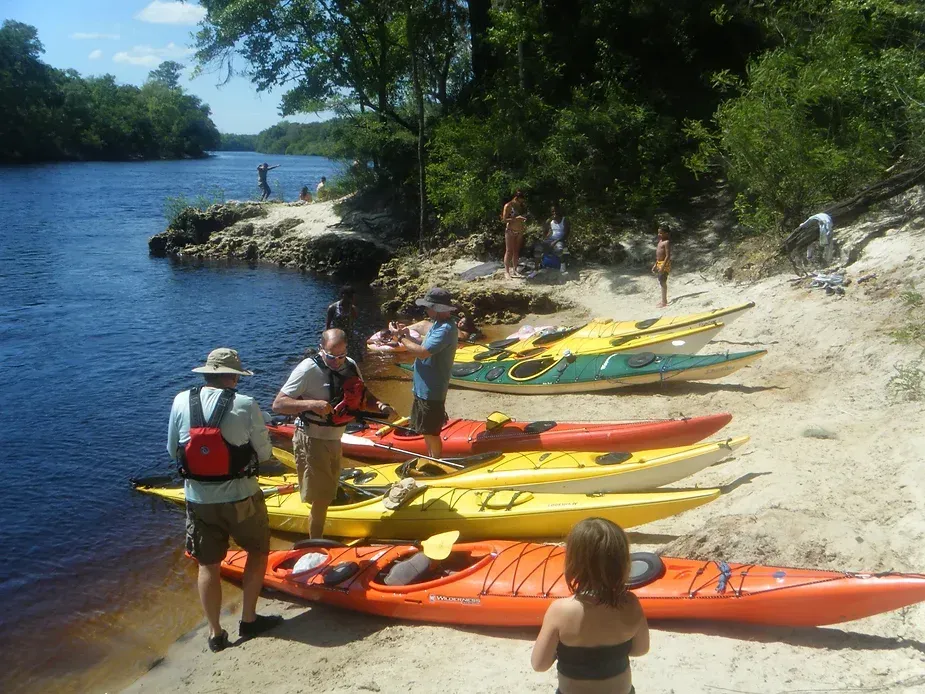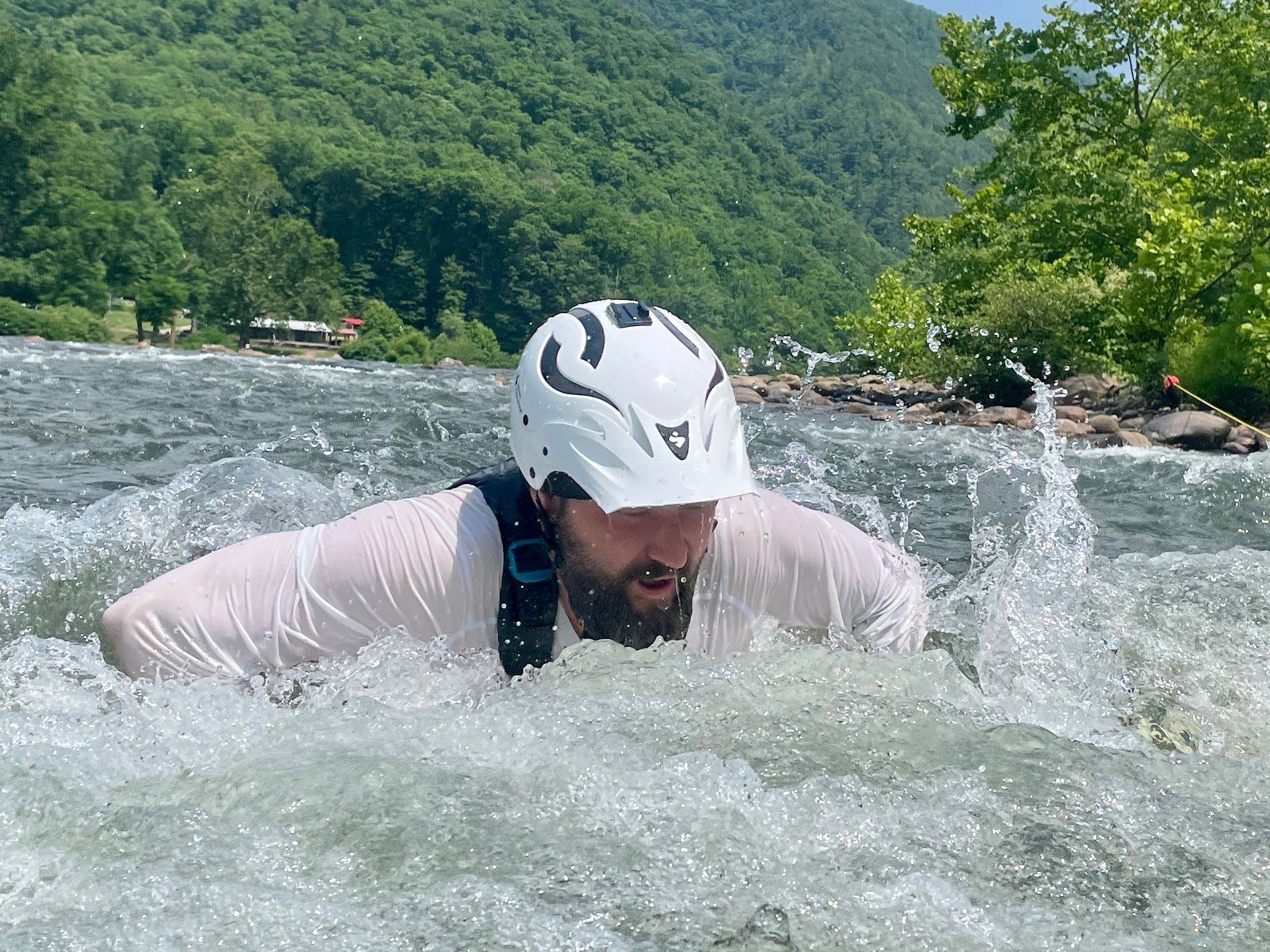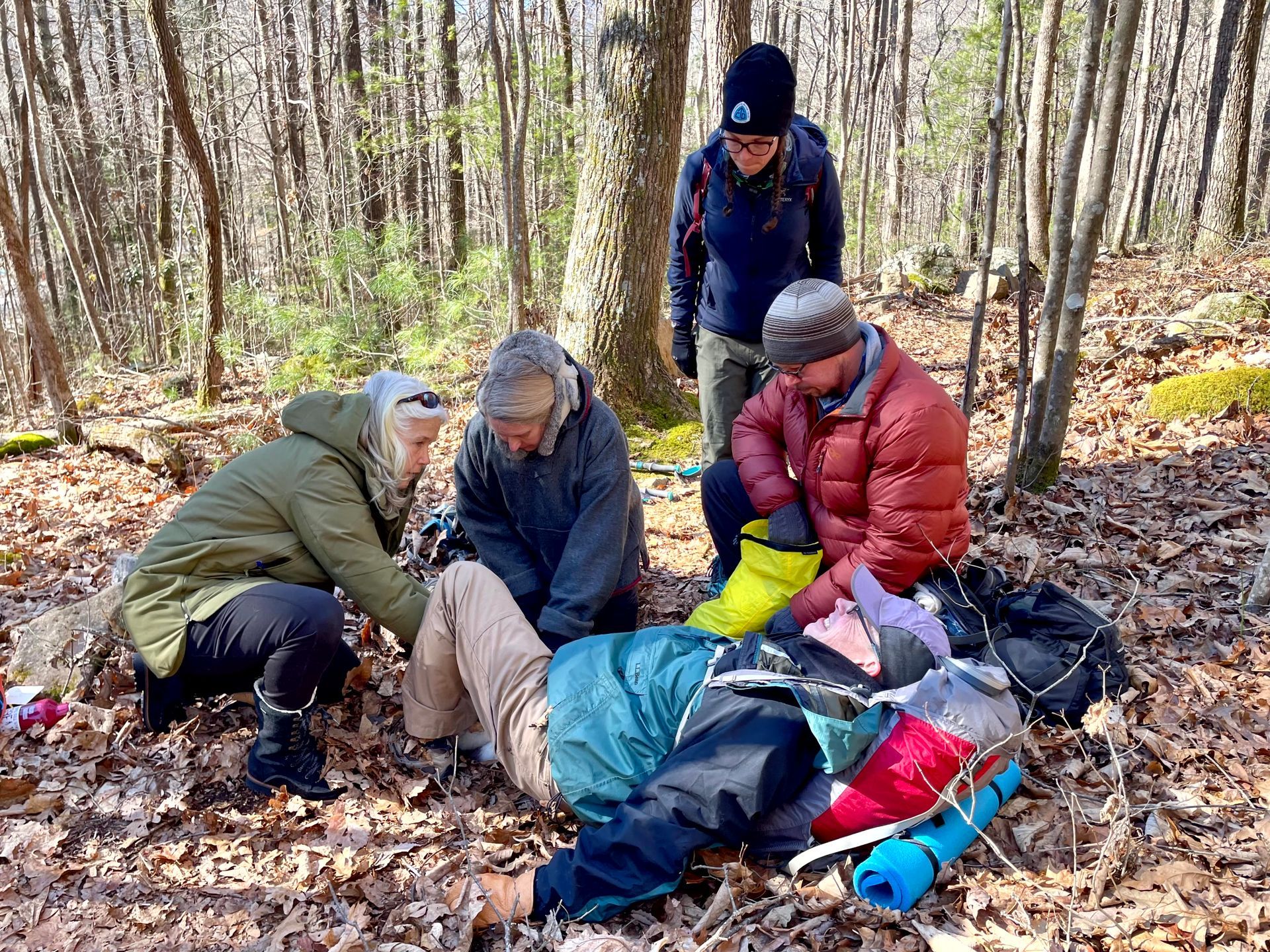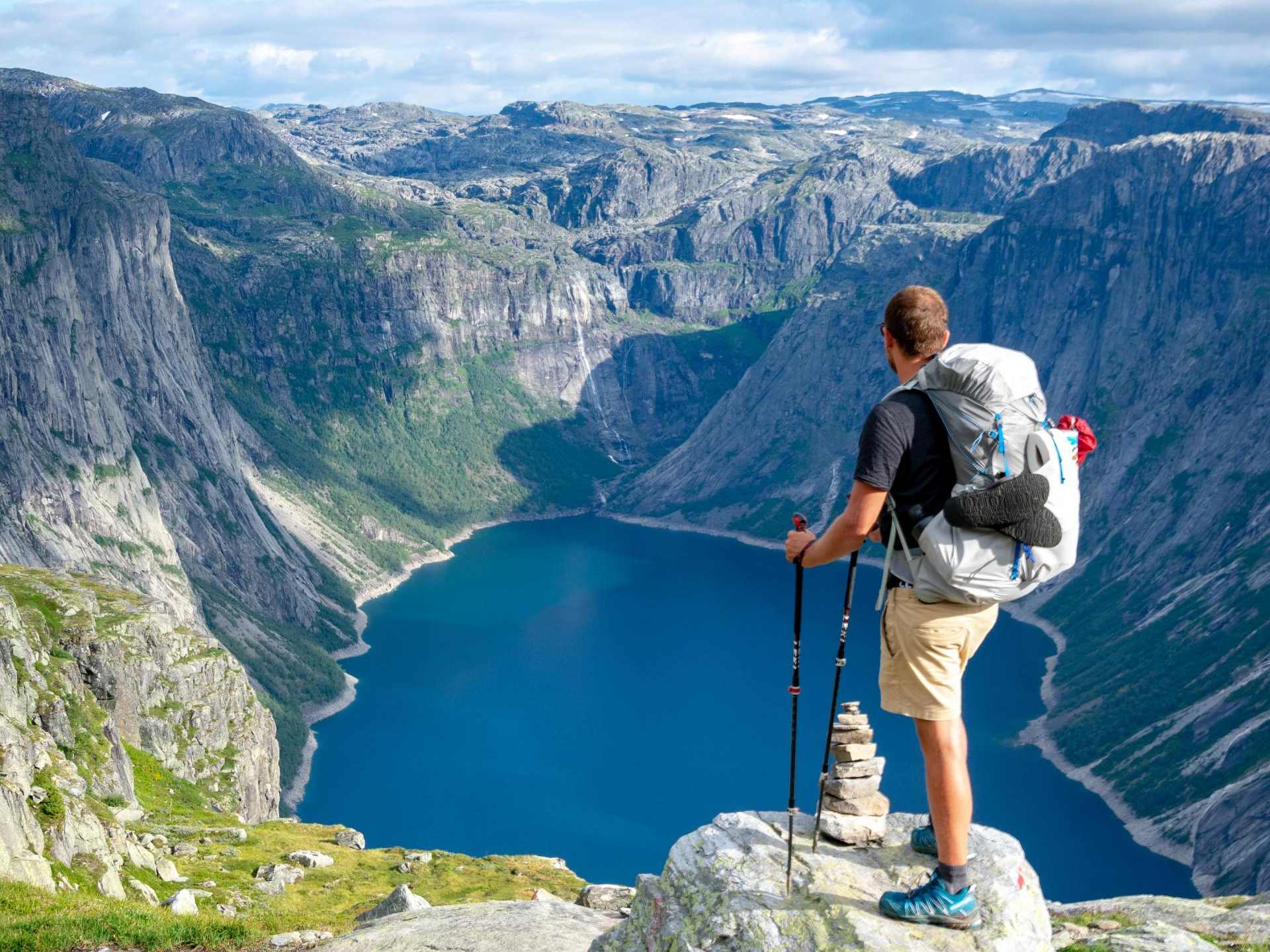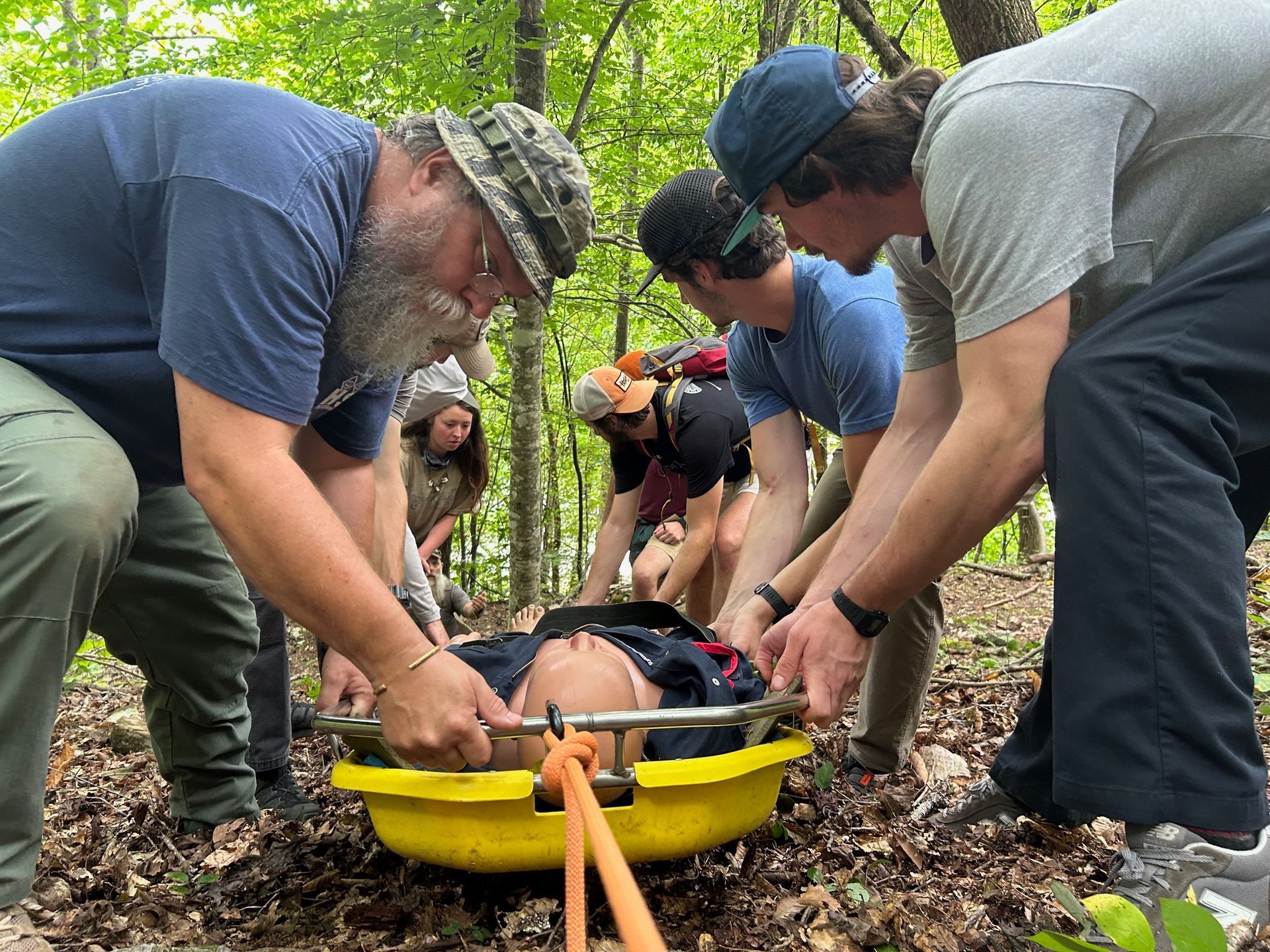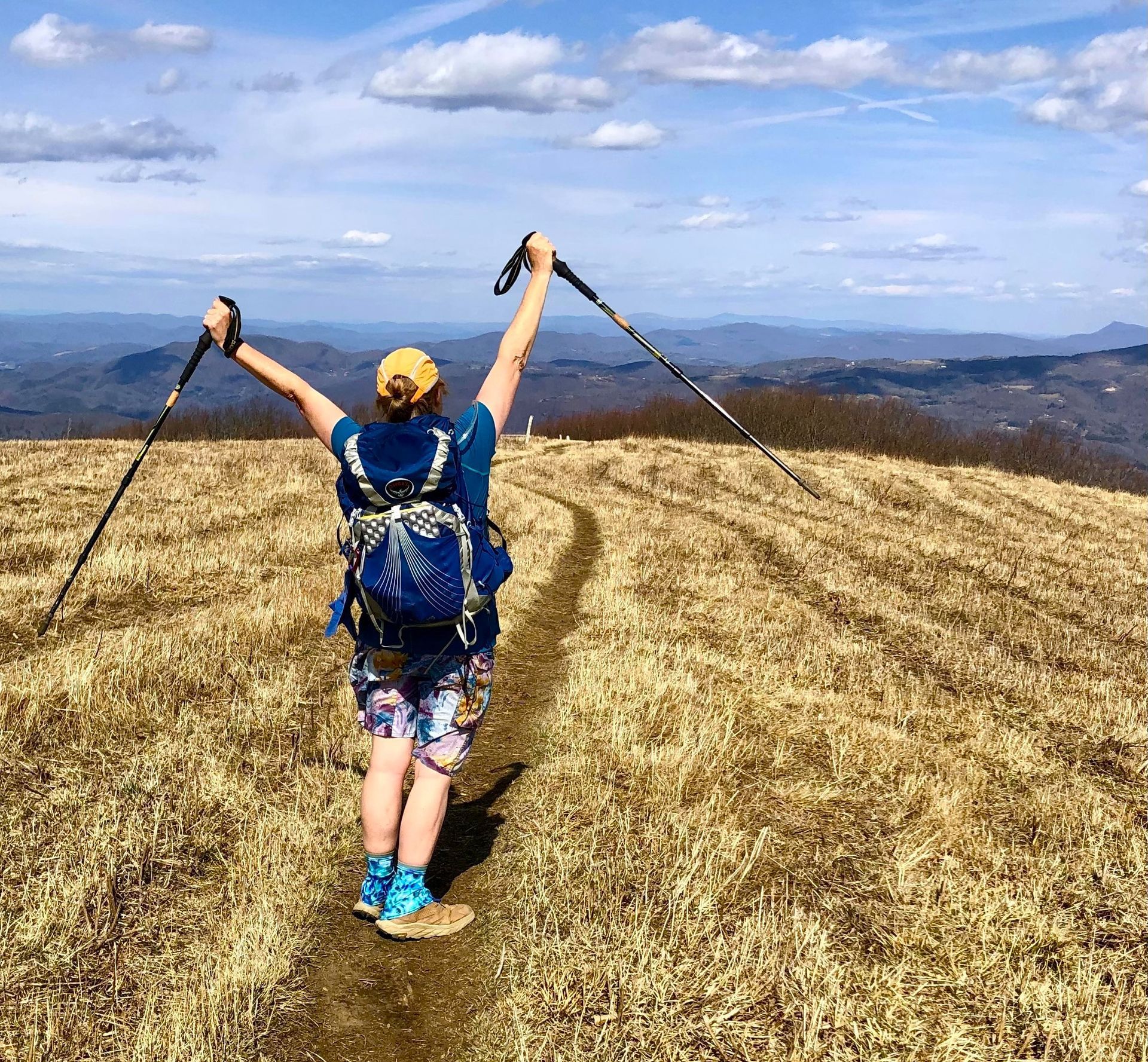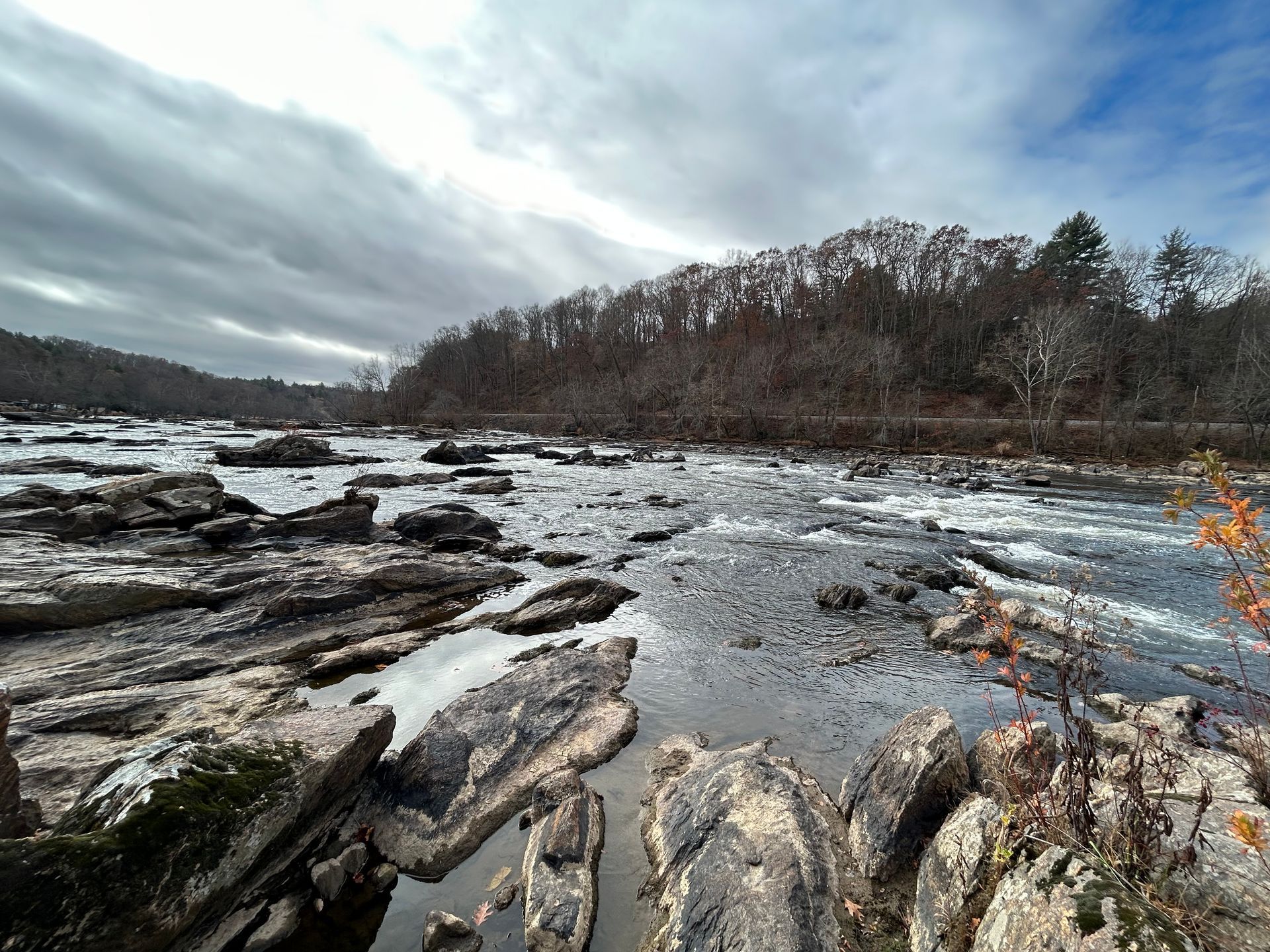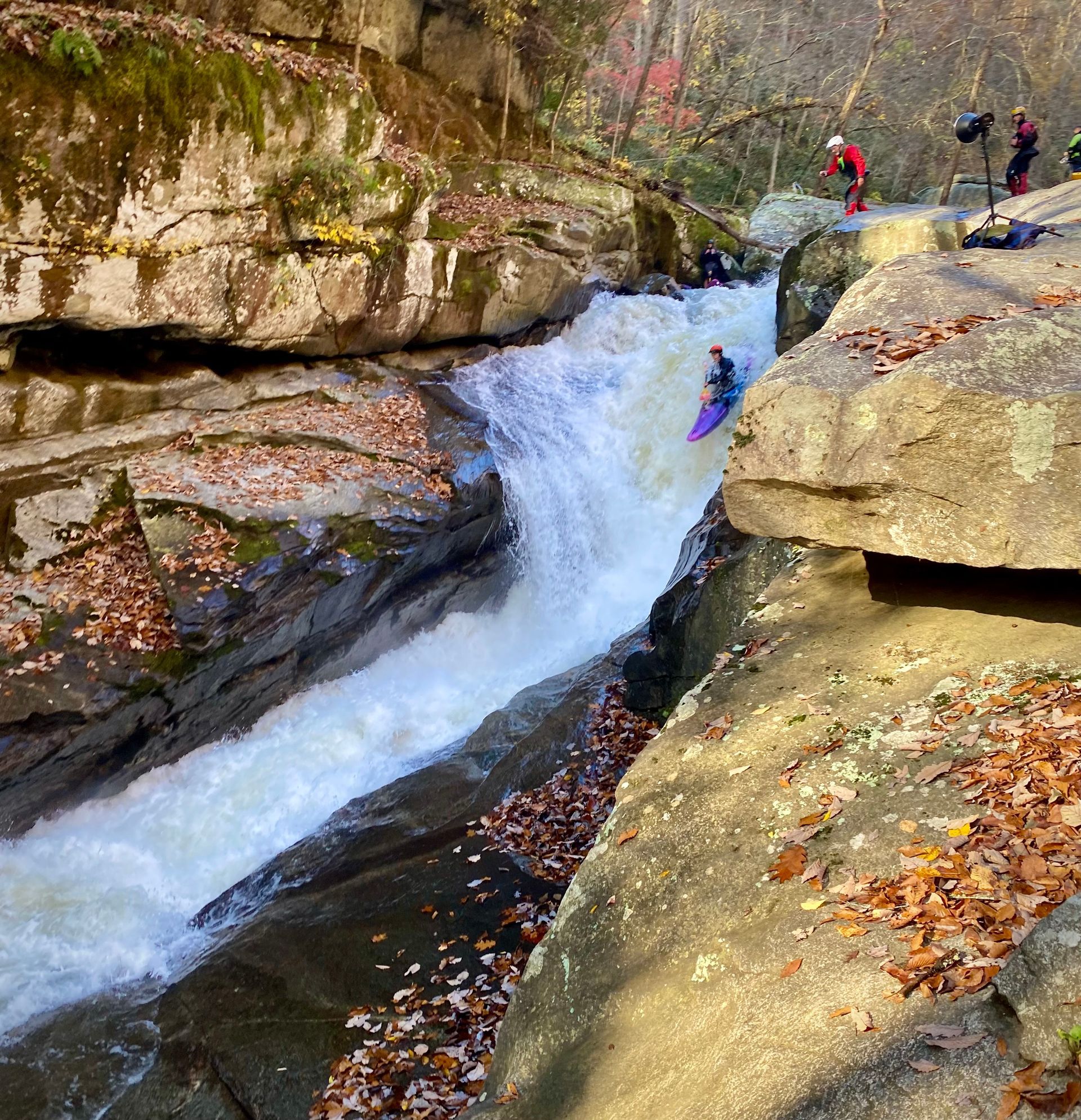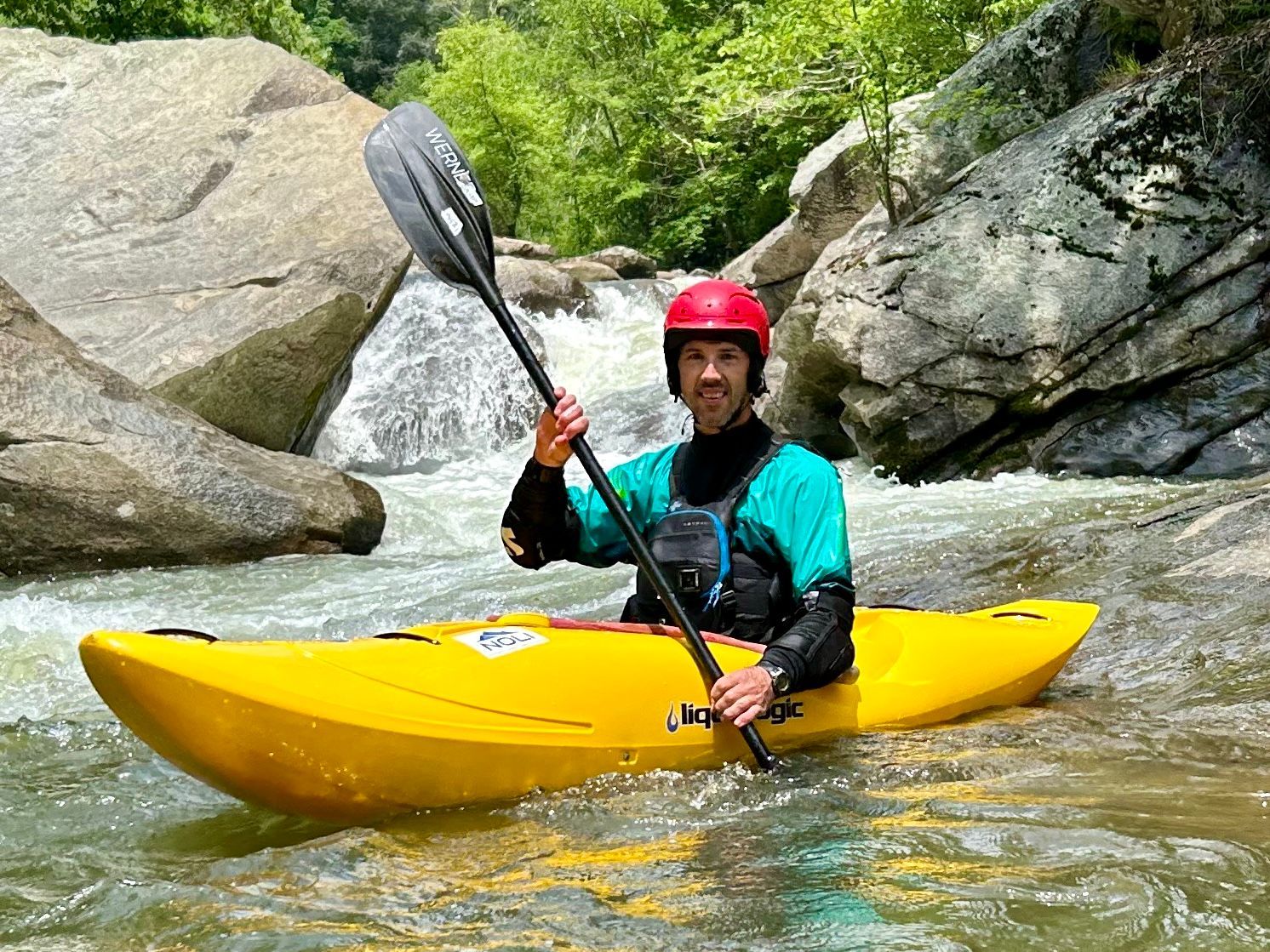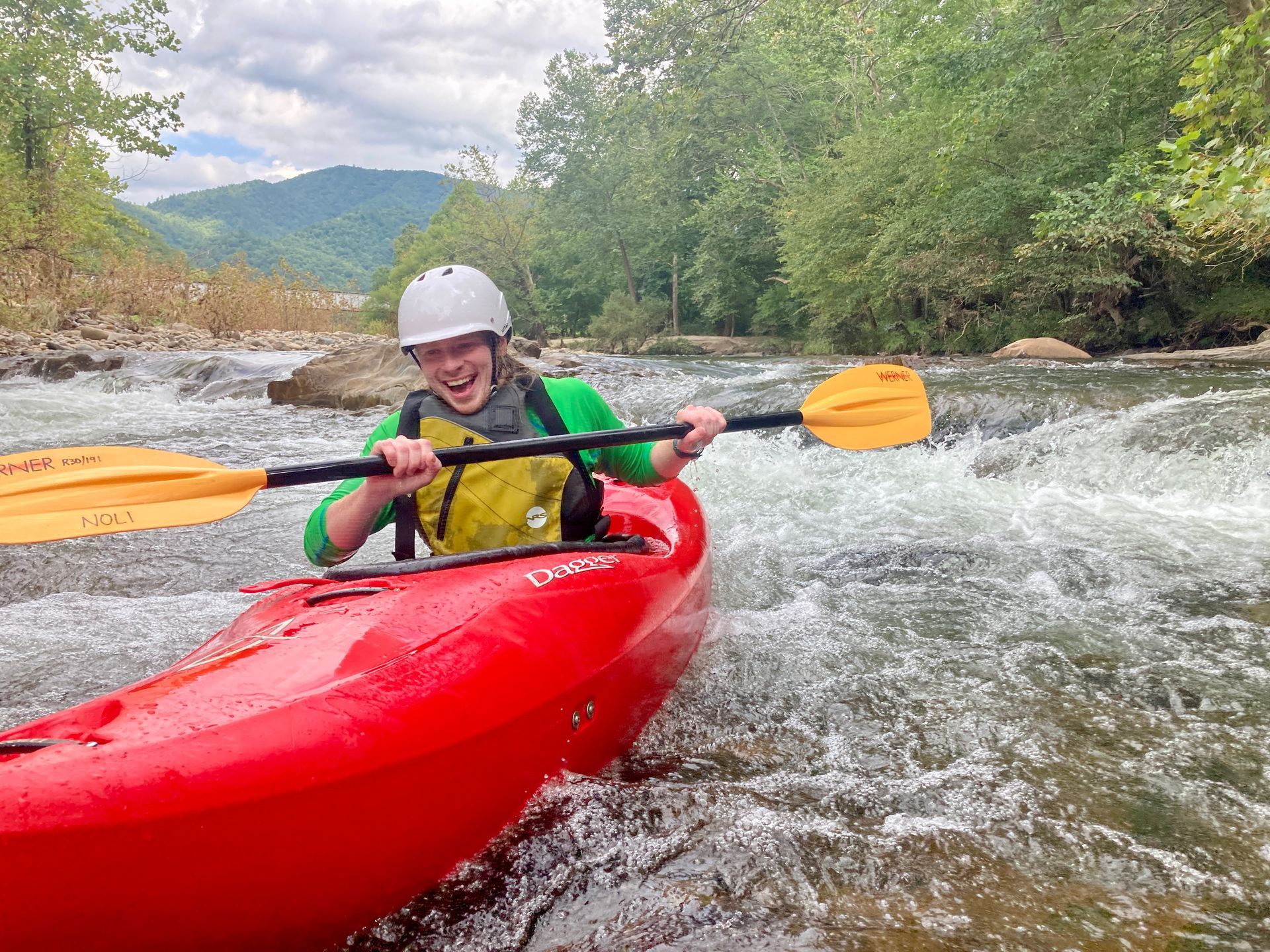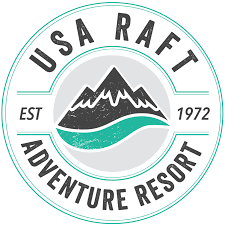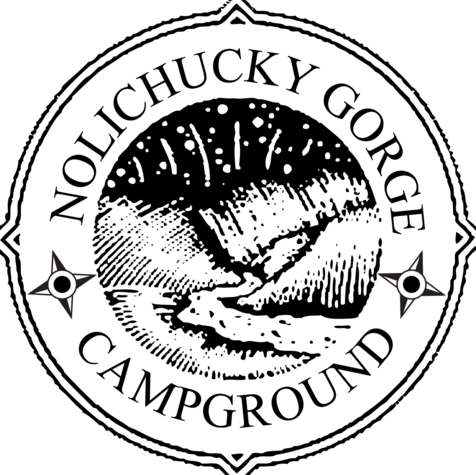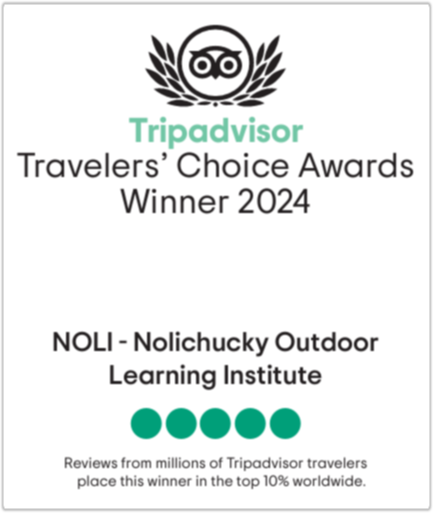Adam's Tips for Injury Recovery
On the one year anniversary of his near-fatal accident, NOLI Kayak Instructor Adam Herzog shares tips for recovery.
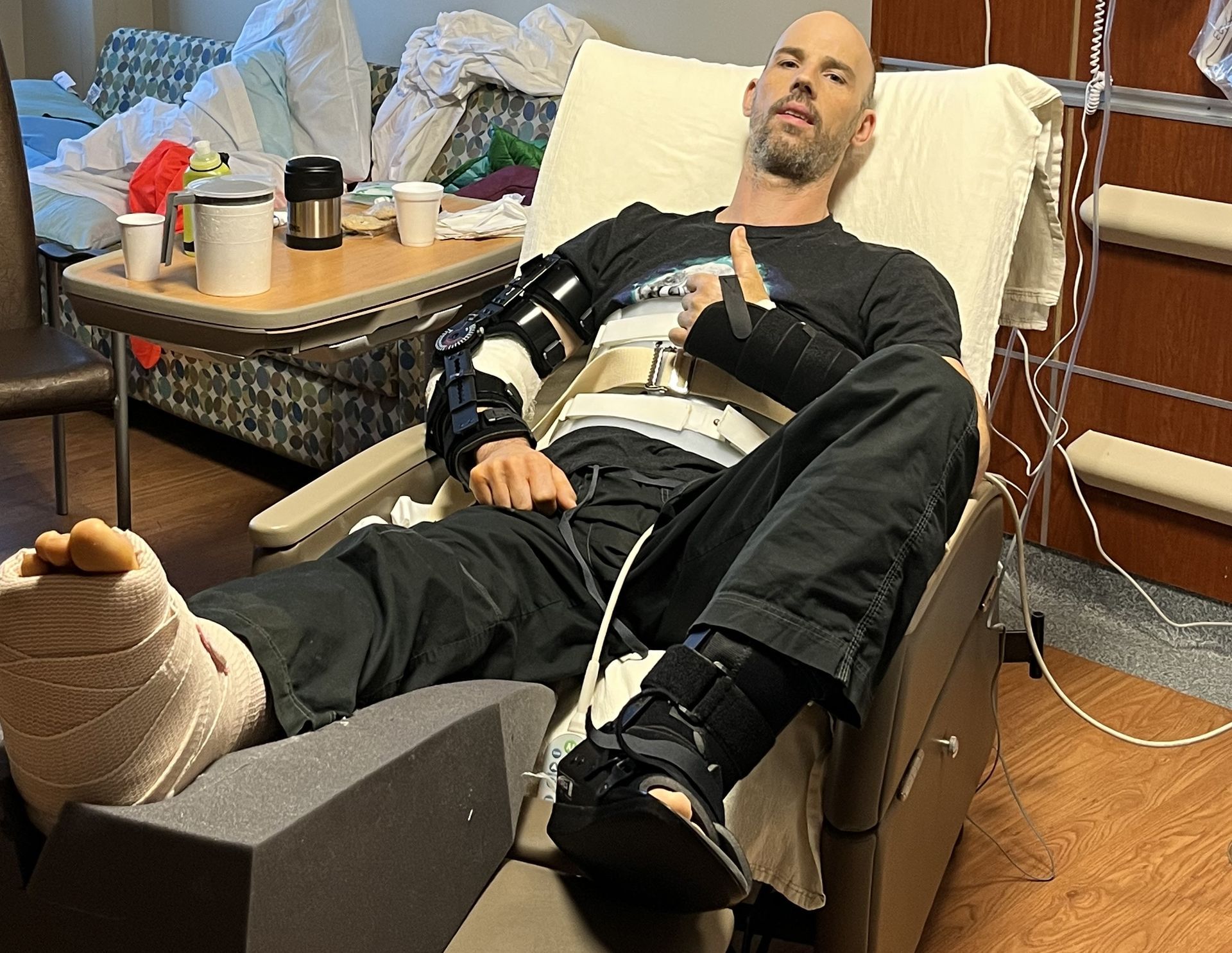
December 14, 2022 started like any other day. Drop the kids at school, paddle the Green River at high water, stop at the climbing gym for a quick session, and pick the kids up by 3. But that afternoon I was on a ventilator in the ICU. I made a big mistake at the gym and my quick session turned into a life changing accident.
The 45-foot fall left me physically and psychologically devastated. The ensuing weeks and months profoundly challenged my endurance, pain tolerance and belief in myself. The initial plan for rehabilitation was three months in a nursing home, then three months of inpatient rehab. With four broken, non-weight bearing extremities, the physical therapy options were slim to none. I was told I would need a wheelchair ramp at our house. But two months after I fell I was back in a kayak. In May I managed to podium in a couple of class III races. I raced the Green in November, and I regularly ride 30 to 50 miles on my mountain bike. Walking is still a problem, but otherwise I am extremely happy with my progress.
Friends often ask how I healed so quickly. To celebrate my one-year anniversary I wrote a few tips on injury recovery:
- Don't feel sorry for yourself. Wishing for different circumstances does not make anything better. Look ahead and remember, if you are not dead, someone out there has it worse than you.
- Read Man's Search for Meaning by Viktor Frankl. If you are feeling bad for yourself, you won't after reading this concentration camp survival story.
- You can't do it alone. Healing does not happen in a vacuum. I had massive support from my wife and kids, extended family, the hospital staff, physical therapists, and the outdoor community. I would not be here without them.
- Use a mantra. Mine was, "Hurts so good!"
- Bite the sour apple. Kristin, a Norwegian nurse assistant told me about this phrase from her home country. It became my second mantra and I bit the sour apple many times during my hospitalization. Suck it up and take the pain.
- Prepare for survival every day. I trained for a mission to the Mount Everest of whitewater, the Stikine River in northern British Columbia, for five years. In August 2022 I pulled off a successful descent with a small team. The trip was smooth. My training paid off. Ironically the real test was yet to come.
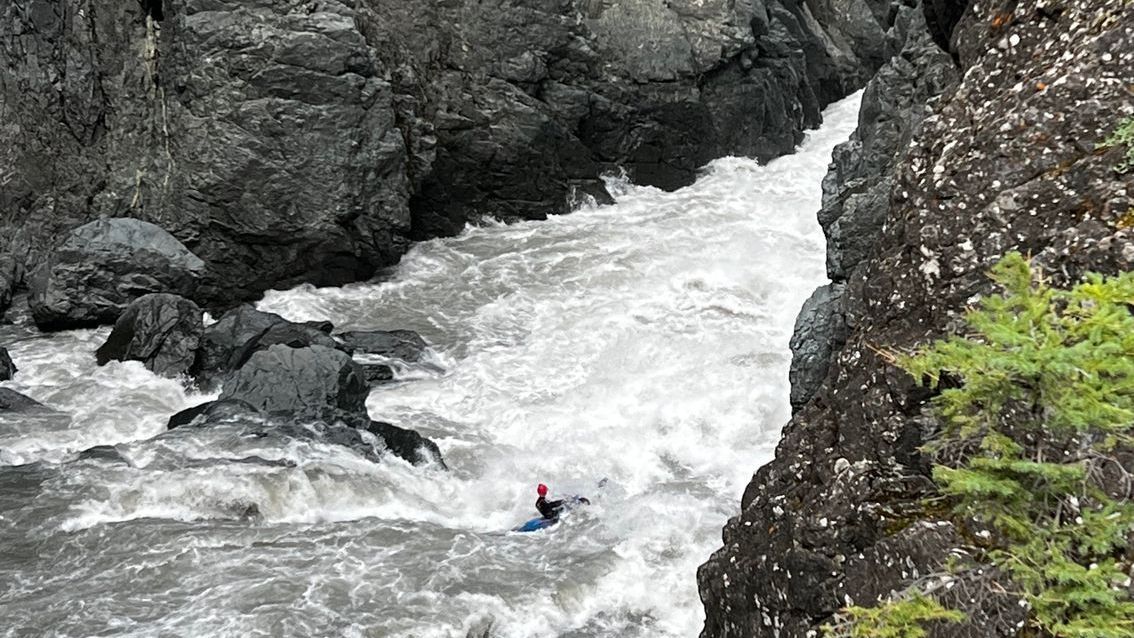
- Have high but realistic expectations. I could not bear the thought of spending three months languishing in a nursing home. I used the prognosis to fuel my fire. But I did not believe my orthopedic surgeon when he told me my ankle injury would change my life. I should have.
- Stay off the dope. Opiates are the drug of choice for acute, severe, traumatic pain. Take them when you need them, but only when you need them. As one of my physicians said, "It's okay to take narcotics for physical pain, you run into trouble when you take them emotional pain."
- Leave nothing in the tank. Push physical therapy to the absolute limit (within the confines of your PTs advice) and back off only if you over do it.
- When you are at rock bottom, the only way out is up. I dreamt of the Stikine for three decades. When we finished the run I felt the hollow echo of success. What next? I knew I would not repeat an expedition of that magnitude. I framed my accident as an opportunity to learn how to kayak all over again.
It would be disingenuous to claim a complete recovery. I still use crutches every day due to a debilitating pilon fracture in my right ankle. I had to give up my jobs as a paramedic instructor and trauma nurse. But I refuse to let my disease define me. Adaptability and ability to deal with adversity are crucial to success in life. I gained as much as I lost from the accident.
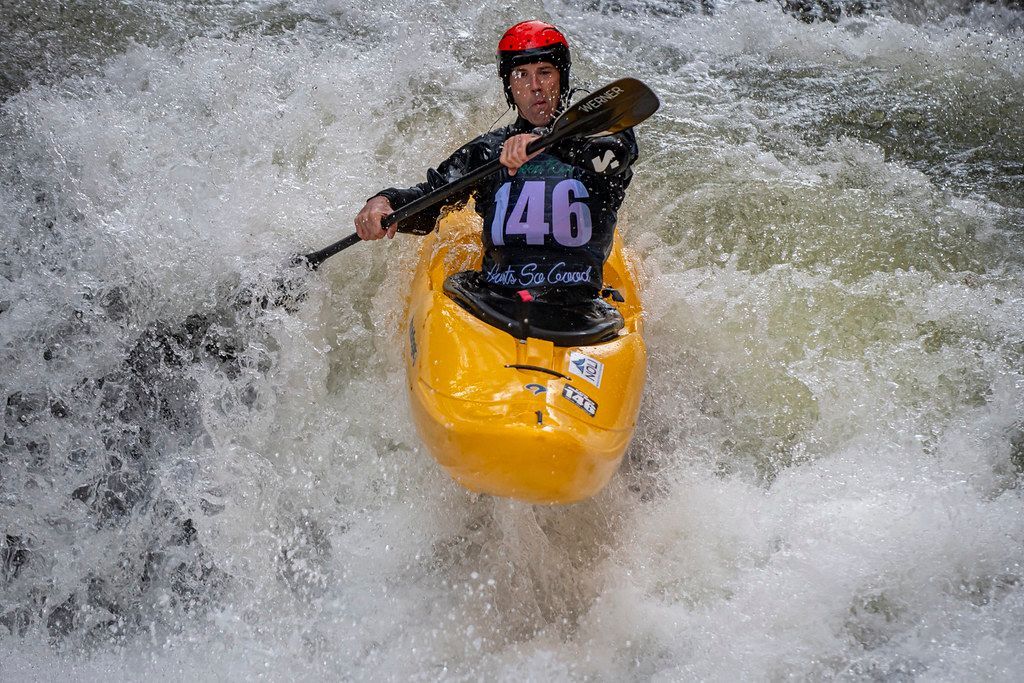
Adam Herzog is a NOLI instructor and elite-level kayaker who has been kayaking for over 30 years. He has notched podium finishes and wins in Jerry’s Baddle, the Watauga Race, the Chatooga Race, the Battle of the Broad, and the Nolichucky Race. Adam has paddled extensively in the U.S. and Canada. In 2022 he completed his lifetime goal of successfully paddling the Grand Canyon of the Stikine River, considered to be the Mount Everest of kayaking.

